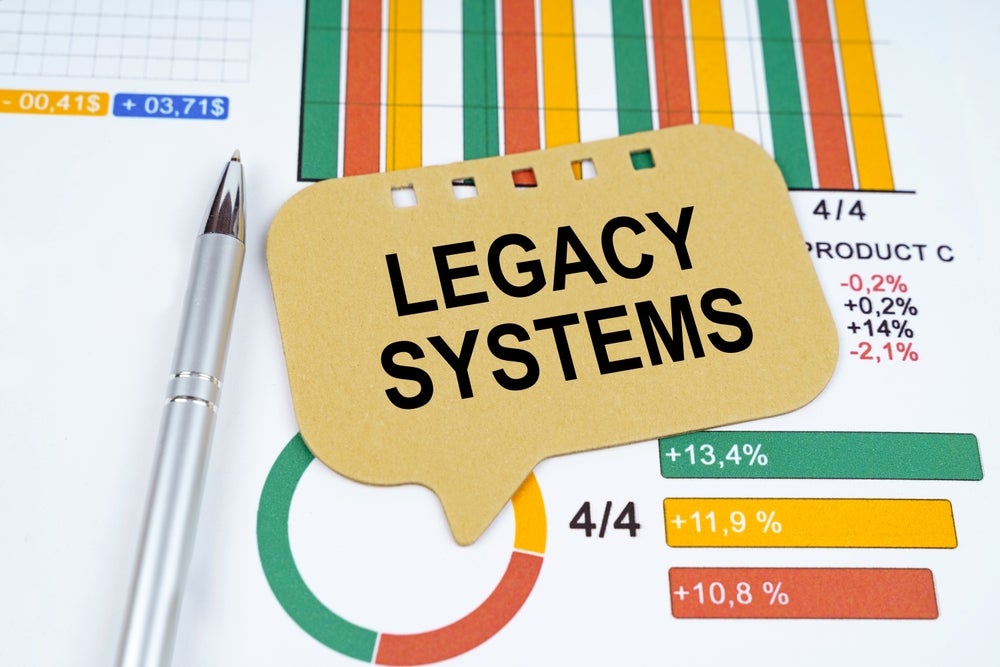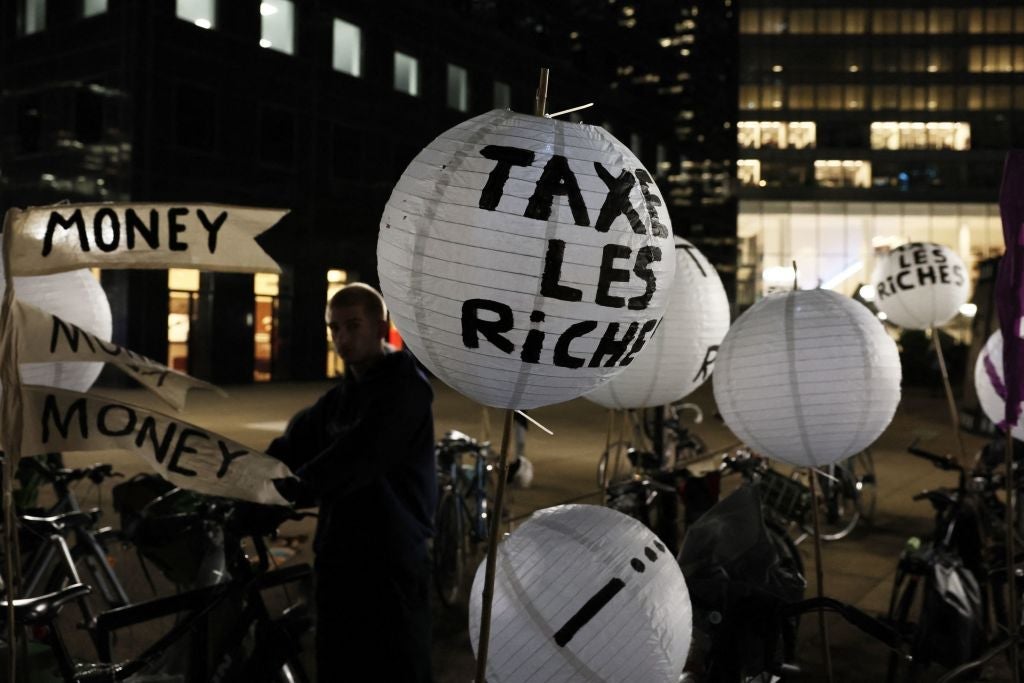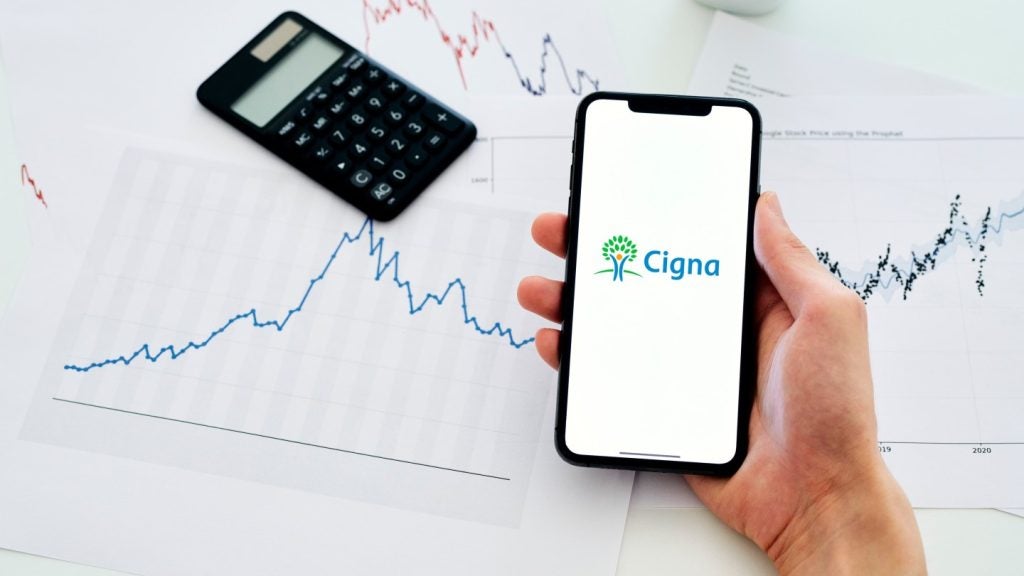sweeping changes to its organisational structure in an attempt to
slash costs and adapt to what it terms “the new business
environment”.
ING will be led into this era of change by its chairman Jan
Hommen, who will assume the additional role of CEO from Michel
Tilmant who stepped down with immediate effect on 26 January.
Revelation of changes at ING accompanied the announcement of its
preliminary, unaudited fourth quarter results which were mauled by
the worst quarter for equity and credit markets in over half a
century. 
Weighed down by asset impairments, revaluations and other
negative market-related adjustments totaling €4.8 billion ($6.2
billion) fourth quarter results reflected a net loss of €3.9
billion, up from a loss of €585 million in the third quarter and a
massive reversal compared with the €2.48 billion net profit
reported in the fourth quarter of 2007.
The dismal fourth quarter result left ING with a net loss of €1
billion for the full 2008 financial year, down from a net profit of
€9.17 billion in 2007.
The biggest damage was done by ING’s insurance operations, which
in the fourth quarter limped in with a net loss of €2.5 billion,
down from a €1.61 billion net profit in the corresponding quarter
of 2007.
How well do you really know your competitors?
Access the most comprehensive Company Profiles on the market, powered by GlobalData. Save hours of research. Gain competitive edge.

Thank you!
Your download email will arrive shortly
Not ready to buy yet? Download a free sample
We are confident about the unique quality of our Company Profiles. However, we want you to make the most beneficial decision for your business, so we offer a free sample that you can download by submitting the below form
By GlobalDataAsset impairments and other negative market related adjustments
wiped €2.8 billion off results which encountered further strain
from factors including declining sales, sale of ING’s Taiwan
insurance unit ING Antai Life (see LII 229) and the ending
of pension operations in Argentina (see LII 230).
Decimated fourth quarter results left insurance operations
reflecting a full year loss of €1.2 billion compared with a net
profit of €5.6 billion in 2007. Life insurance contributed 83
percent of insurance net profits in 2007.
Expressing disappointment with the results, Hommen announced
that structural changes at the company had become unavoidable.
“With the continuing challenging outlook, we feel it is
important to take additional action to decrease our risks and
expenses,” said Hommen.
On the cost reduction front, ING announced plans to cut
operating expenses by €1 billion in 2009 and by €1.1 billion
annually from 2010. Some 35 percent of cost savings will come from
a reduction of about 7,000 in ING’s full-time workforce, with
insurance bearing the heaviest brunt. In total there will be 4,200
redundancies in insurance operations of which 1,400 will be among
field staff.
Risk reduction on a broad front
The remainder of the expense reduction will come from decreasing
head office, marketing, consultancy and third-party staff costs,
and the renegotiating of certain contracts with technology vendors
and the Formula 1 racing organisation, with which ING sponsors the
Renault team.
Of the total expense reduction, ING anticipates that €650
million will be realised in banking and €350 million in insurance.
In insurance savings of €175 million are anticipated from
operations in the America’s, €100 million from Europe and €75
million from the Asia-Pacific region.
From a risk reduction perspective ING is to receive a big
helping hand from the Dutch government, which has agreed to assume
the risk on 80 percent of €27.7 billion US Alt-A residential
mortgage backed securities (RMBS) held by ING Direct USA and ING
Insurance Americas.
 This risk transfer, which
This risk transfer, which
is expected to close in the first quarter of 2009, will be at a
discount of 10 percent of the par value of the securities of which
ING will remain the legal owner and remain exposed to 20 percent of
results on the portfolio. The effects of the transaction on ING
include reducing its risk weighted assets by about €15 billion and
increasing shareholders’ equity of €5 billion through reduction of
the negative revaluation reserve.
At the end of 2008 ING’s shareholders’ equity was €28.6 billion,
up from €25.6 billion at the end of the third quarter. The increase
was made possible by the issue of €10 billion Tier 1 securities to
the Dutch State in October 2008.
In addition to the RMBS risk transfer agreement with the Dutch
government ING has taken additional steps to reduce risk, including
a drastic reduction in equity exposure.
At the end of 2008, equity exposure stood at €5.8 billion, down
from €15.8 billion a year earlier. Of the total, at the end of 2008
€1.9 billion was represented by strategic stakes in banks,
including Bank of Beijing in China and Kookmin Bank in Korea. The
remaining €3.9 billion equity exposure is partially hedged, noted
ING.
In addition to lower equity exposure, ING is taking steps to
lower risk by reducing the size of its banking balance sheet by 10
percent by reducing the non-lending part of the balance sheet by 25
percent, or some €110 billion.
Specifically, this will entail reducing the available for sale
portfolio, trading activities, deposits at other banks and
reverse-
repos. At the end of 2008 some €40 billion of the €110 billion
target had been achieved.
In an effort to preserve capital ING is also pulling in the
horns on new developments and has scrapped a plan announced in July
2008 to establish a new life insurance operation in Ukraine.
The unit was set to launch operations in the first half of
2009.
Also scrapped is a plan to launch online bank ING Direct in
Japan. Further disposals are also on the cards with ING noting that
it has identified several businesses for divestment.
Tough task ahead
Undoubtedly, Hommen takes over as ING CEO at a critical juncture
in the history of a company, with 85 million clients in more than
50 countries and a workforce of about 130,000 people. The
65-year-old Hommen comes with considerable financial management
experience rather than in bancassurance.
Hommen was appointed to ING’s supervisory board in June 2005 and
became chairman in January this year.
Until May 2005, Hommen was vice-chairman and chief financial
officer (CFO) of the board of management of Royal Philips
Electronics (Phillips).
Prior to Phillips, from 1975 to 1997 Hommen worked for the
Aluminium Company of America (Alcoa), from 1978 at Alcoa’s head
office in the US, becoming CFO in 1991.
By contrast, 56-year-old Tilmant’s entire working life has been
spent in the financial services industry. He began his career with
Morgan Guaranty Company of New York. In 1992, Tilmant joined Bank
Brussels Lambert (BBL) and went on to become its CEO in 1997.
Following ING’s acquisition of BBL in 1998, Tilmant became ING
Group’s vice-chairman and in 2000 CEO of ING Europe. In April 2004
he succeeded Ewald Kist as ING Group CEO.
In a statement, ING said Tilmant had “in light of the
extraordinary developments over the past few months and given his
personal condition” stepped down as group CEO. Tilmant will be an
adviser to ING until his retirement on 1 August, added the
statement.
Until Hommen’s formal appointment at the annual general meeting
of shareholders scheduled for April, Eric Boyer, current chairman
of ING Group’s supervisory board, will act as CEO.







